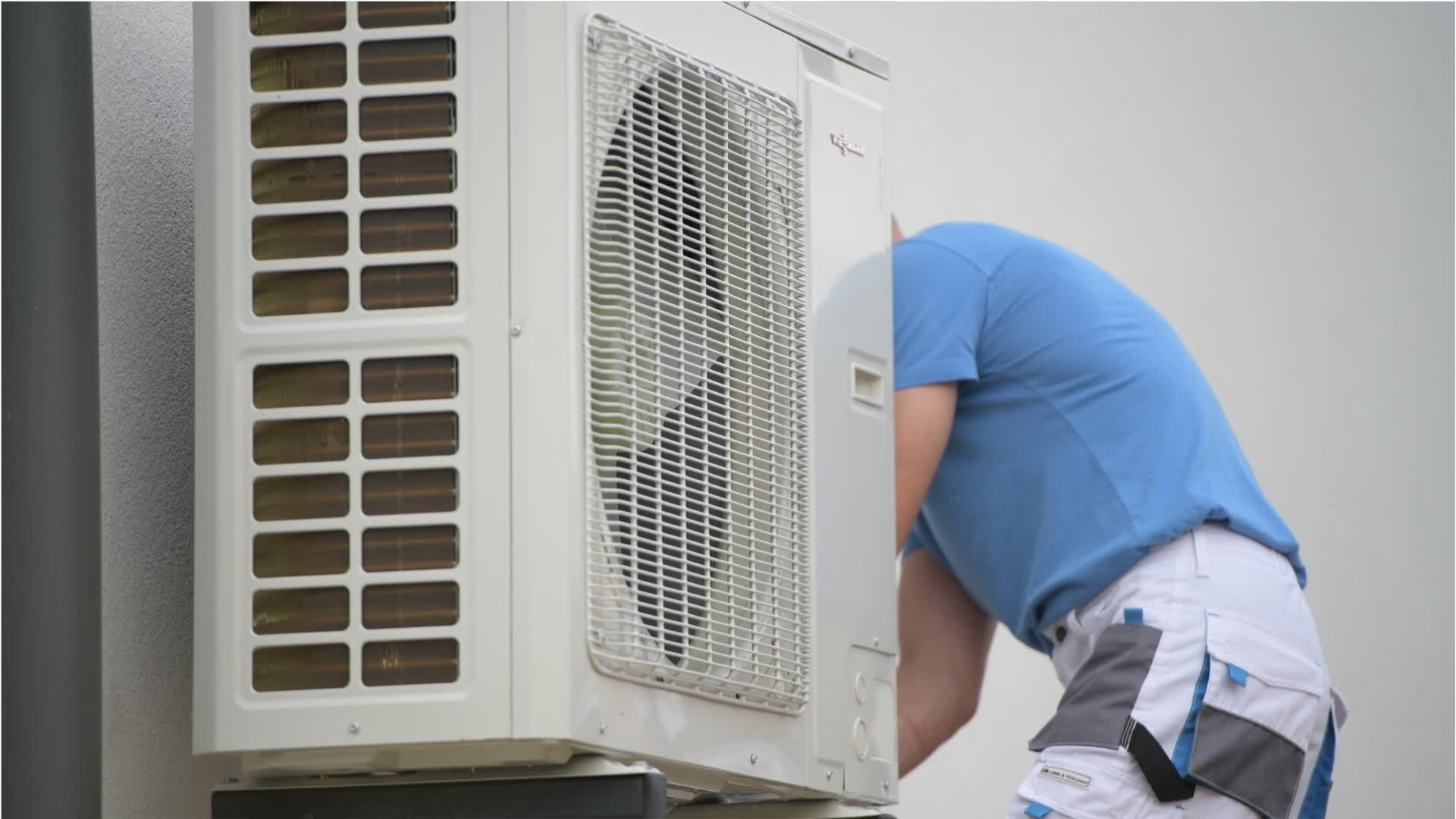Heating, Air Conditioning, & Refrigeration Mechanics & Installers
HVAC Mechanic (Heating, Ventilation, and Air Conditioning Mechanic); Refrigeration Mechanic; Refrigeration Technician (Refrigeration Tech); Service Technician (Service Tech)
What they do:
Install or repair heating, central air conditioning, HVAC, or refrigeration systems, including oil burners, hot-air furnaces, and heating stoves.
On the job, you would:
- Test electrical circuits or components for continuity, using electrical test equipment.
- Comply with all applicable standards, policies, or procedures, such as safety procedures or the maintenance of a clean work area.
- Study blueprints, design specifications, or manufacturers' recommendations to ascertain the configuration of heating or cooling equipment components and to ensure the proper installation of components.
Knowledge
Engineering and Technology
- mechanical
- building and construction
Business
- customer service
- management
Arts and Humanities
- English language
Safety and Government
- public safety and security
Skills
Basic Skills
- thinking about the pros and cons of different ways to solve a problem
- reading work related information
Problem Solving
- noticing a problem and figuring out the best way to solve it
People and Technology Systems
- thinking about the pros and cons of different options and picking the best one
- figuring out how a system should work and how changes in the future will affect it
Abilities
Hand and Finger Use
- keep your arm or hand steady
- put together small parts with your fingers
Ideas and Logic
- notice when problems happen
- use rules to solve problems
Verbal
- listen and understand what people say
- communicate by speaking
Personality
People interested in this work like activities that include practical, hands-on problems and solutions.
They do well at jobs that need:
- Dependability
- Attention to Detail
- Innovation
- Integrity
- Independence
- Persistence
Technology
You might use software like this on the job:
Electronic mail software
- IBM Notes
- Microsoft Outlook
Presentation software
- Microsoft PowerPoint
Facilities management software
- Computerized maintenance management system CMMS
- ManagerPlus
Education
Education: (rated 3 of 5)
certificate after high school or
no high school diploma/GED
usually needed
no high school diploma/GED
usually needed
Job Outlook
Bright
New job opportunities are very likely in the future.
Explore More
- Control & Valve Installers & Repairers
- Home Appliance Repairers
- Plumbers, Pipefitters, & Steamfitters
- Solar Thermal Installers & Technicians
- Stationary Engineers & Boiler Operators
You might like a career in one of these industries:
See more details at O*NET OnLine about heating, air conditioning, and refrigeration mechanics and installers.





